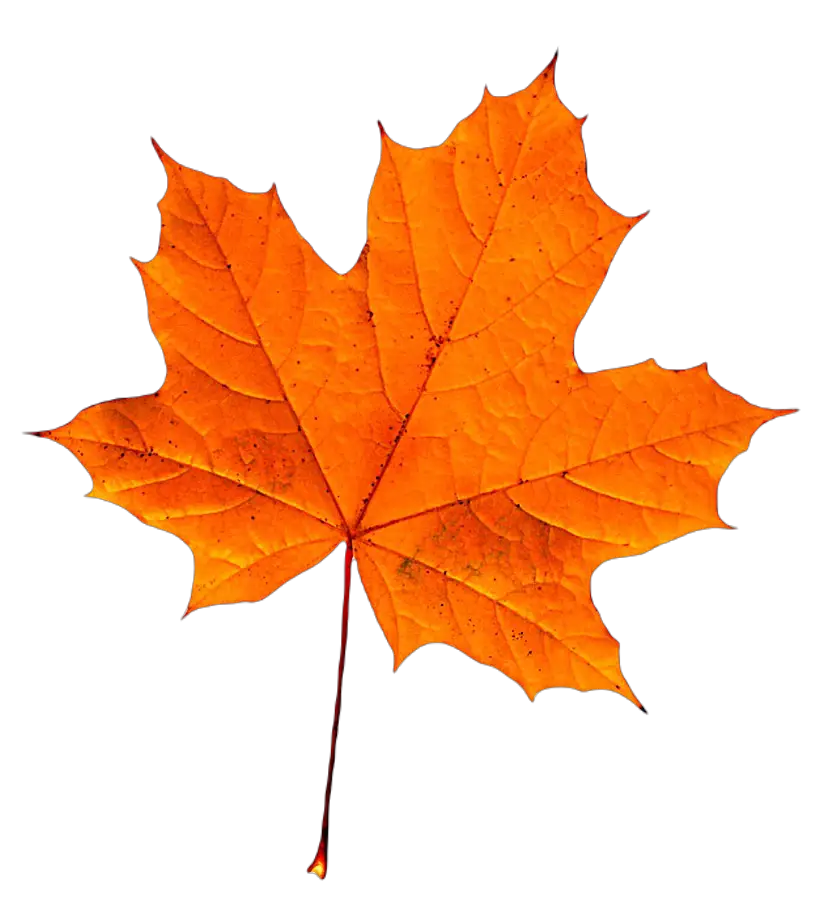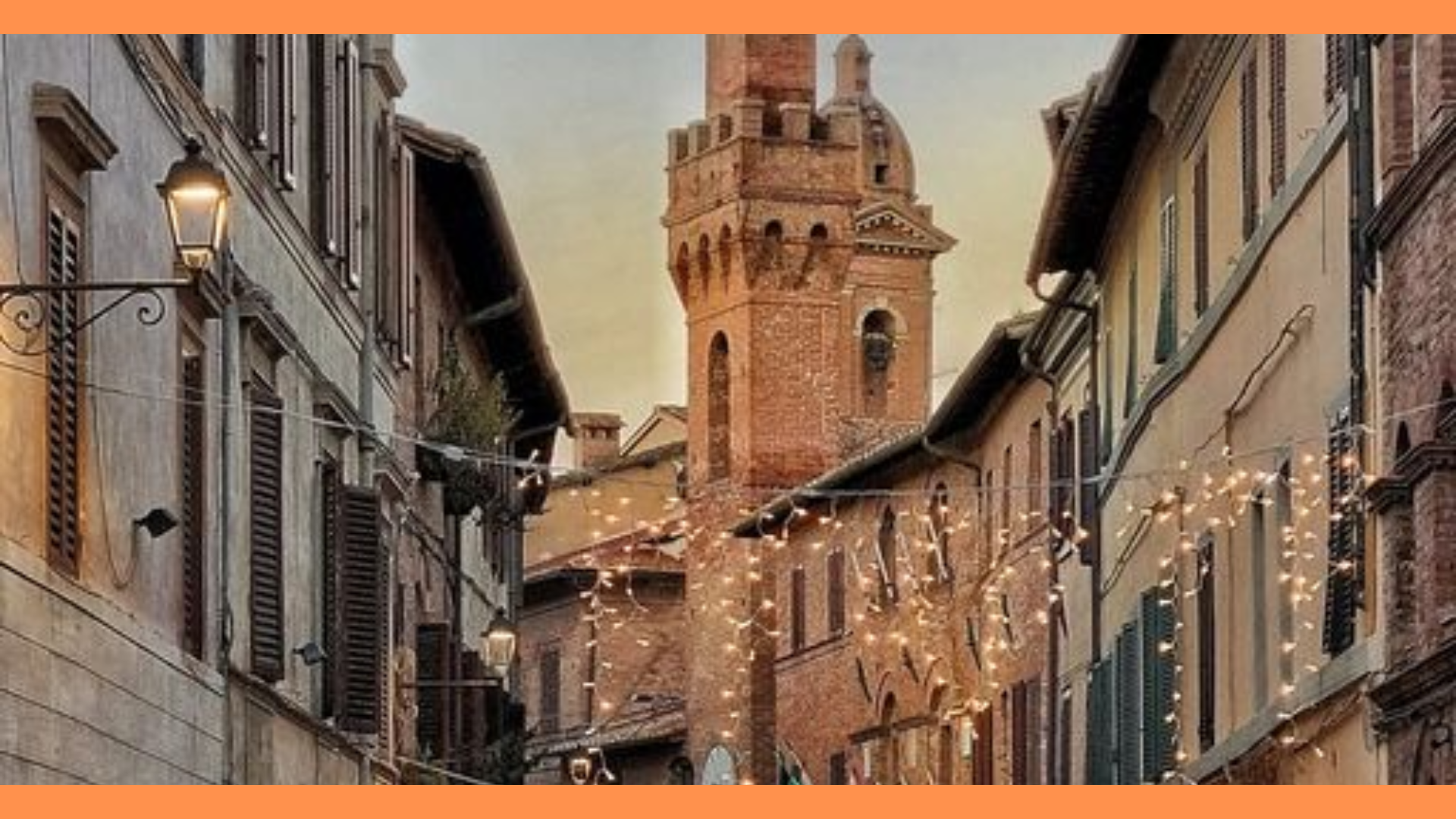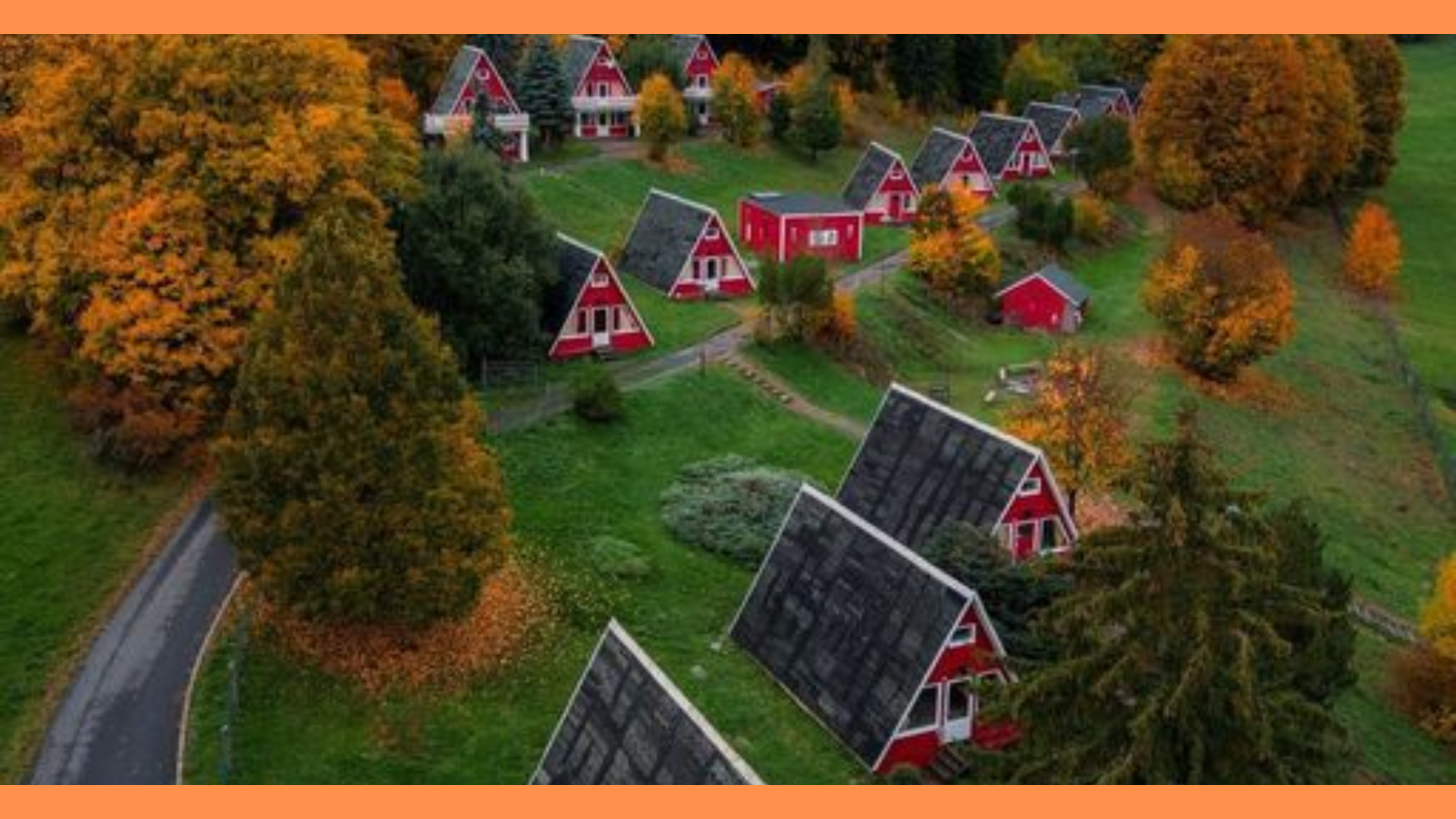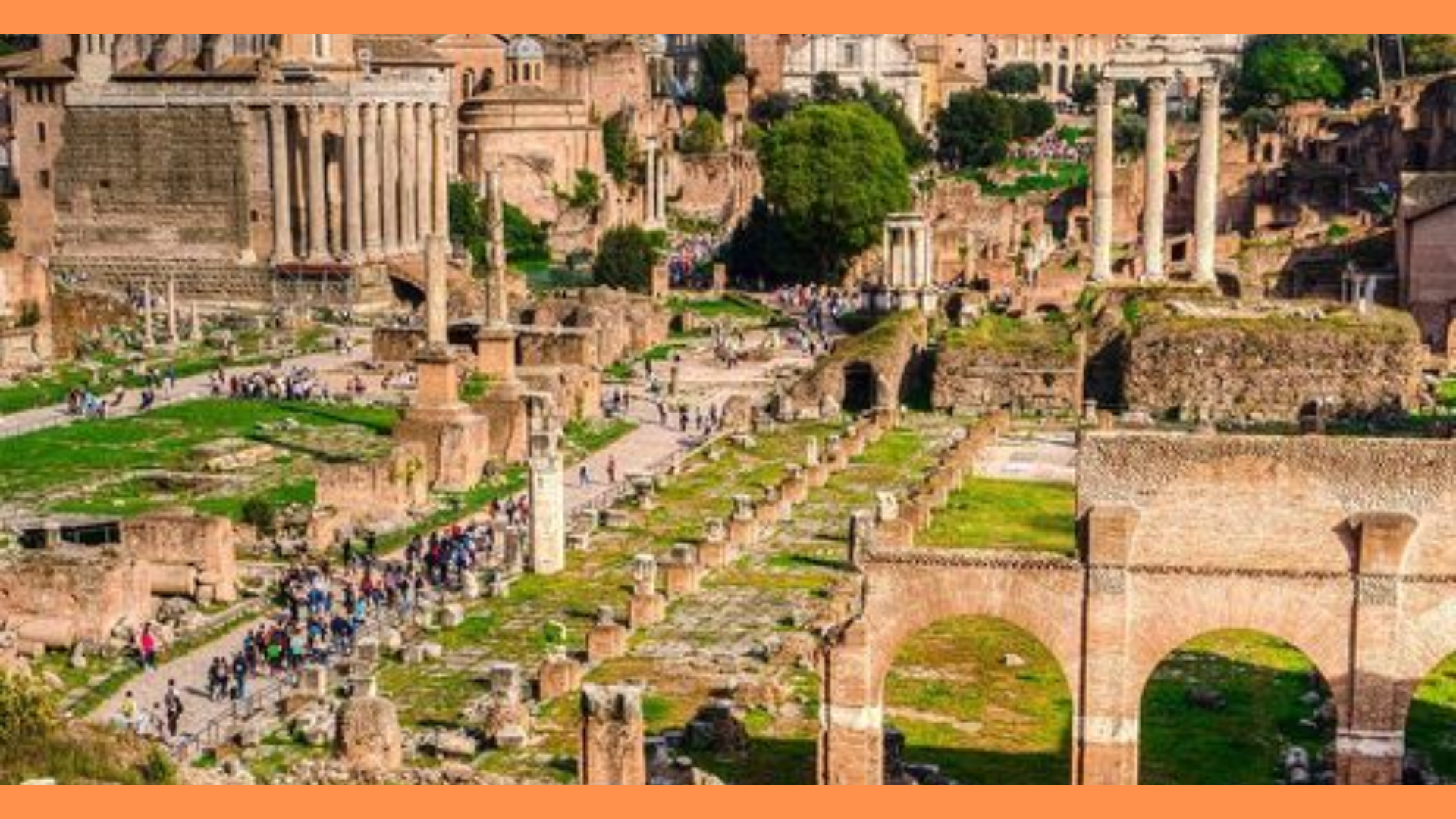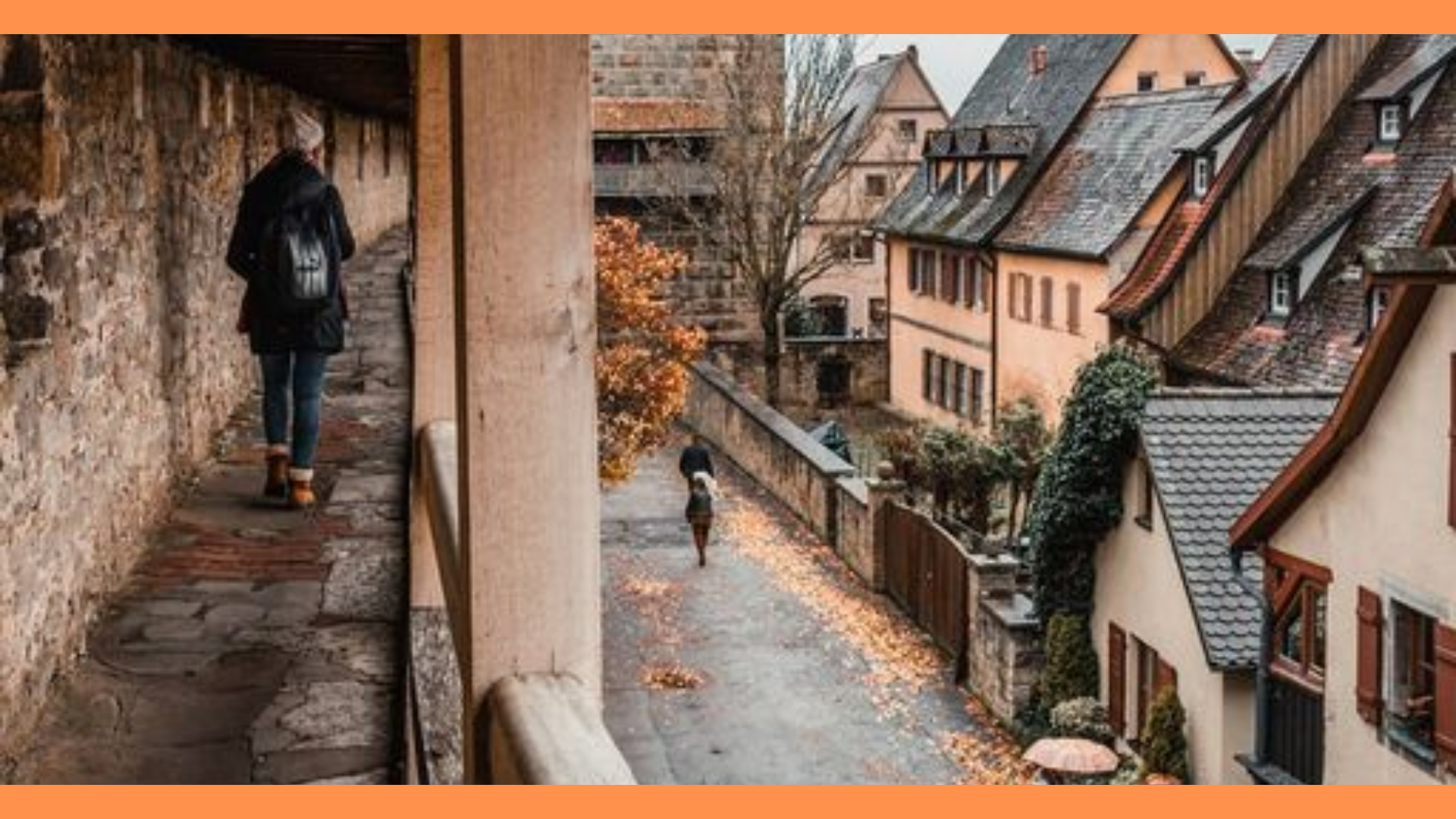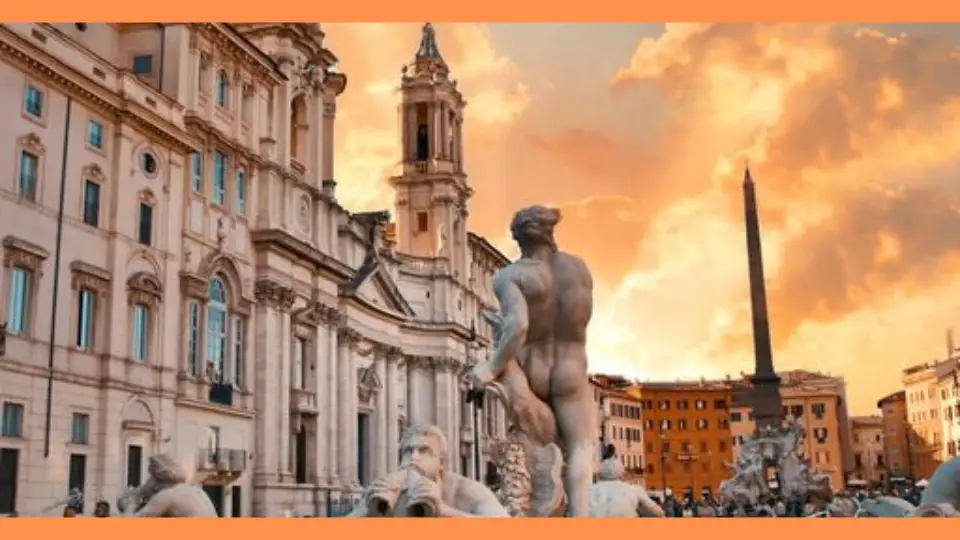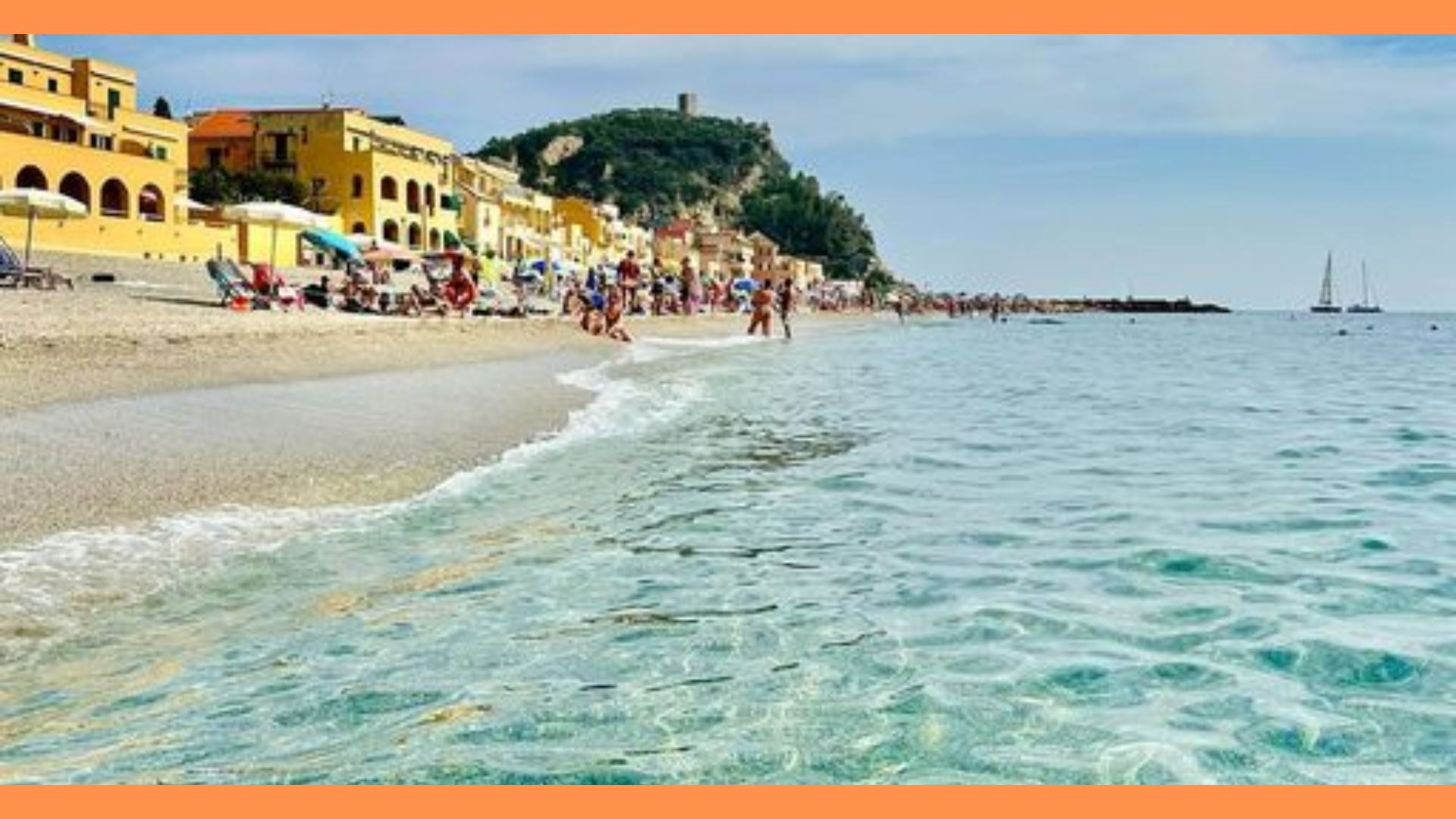Siena captivates visitors with its timeless beauty, rich history, and culinary treasures. Whether wandering its medieval streets or savoring its delectable cuisine, this enchanting city invites exploration and promises unforgettable experiences at every turn.
1. Introduction to Siena
Nestled in the heart of Tuscany, Italy, Siena enchants visitors with its rich historical tapestry, medieval charm, and delectable culinary offerings. From its iconic Piazza del Campo to the awe-inspiring Siena Cathedral, this city invites exploration and discovery at every turn.
1.1. Overview of Siena’s historical significance
Siena, a picturesque city located in the heart of Tuscany, Italy, boasts a rich historical significance dating back to the Etruscan era. Throughout its history, Siena has been a prominent center of art, culture, and commerce, rivaling cities like Florence. Its medieval heritage is evident in its well-preserved architecture, making it a UNESCO World Heritage Site. Siena is renowned for its annual Palio horse race, a tradition that dates back to the Middle Ages and continues to captivate visitors from around the world.
1.2. Description of Siena’s charming medieval streets and architecture
Siena’s enchanting medieval streets wind through the city, offering visitors a journey back in time. The cityscape is characterized by narrow cobblestone streets, ancient stone buildings, and grand piazzas lined with historic palaces and churches. The architecture of Siena reflects its rich cultural heritage, with Gothic, Romanesque, and Renaissance influences evident in its churches, palazzos, and civic buildings. Notable landmarks such as the Siena Cathedral (Duomo di Siena) and the Piazza del Campo showcase the city’s architectural splendor and historical significance.
1.3. Introduction to Siena’s rich culinary tradition
Siena is not only a feast for the eyes but also a haven for food enthusiasts. The city boasts a rich culinary tradition rooted in the flavors of Tuscany. Sienese cuisine is characterized by its use of fresh, locally sourced ingredients and simple yet flavorful dishes. Staples of Sienese cuisine include hearty soups like ribollita, handmade pasta such as pici, and traditional desserts like panforte and ricciarelli.
Additionally, Siena is located in the heart of the Chianti wine region, renowned for its world-class wines such as Chianti Classico and Brunello di Montalcino. The combination of delicious food and exceptional wine makes Siena a paradise for culinary exploration and indulgence.
2. Tourist Attractions
Siena’s allure extends beyond its medieval streets, beckoning travelers with a treasure trove of cultural gems. Admire the grandeur of Piazza del Campo, steeped in history and home to the exhilarating Palio horse race. Marvel at the Gothic splendor of the Siena Cathedral, where masterpieces await within its hallowed halls.
2.1. Piazza del Campo
2.1.1. Description of the famous square
Piazza del Campo, often referred to as Il Campo, is the main square in Siena and one of the most renowned medieval squares in Italy. Its unique shell-shaped design draws visitors with its beauty and historical significance. The red-brick pavement is divided into nine sections, representing the members of the original Council of Nine who governed Siena during its medieval heyday. At the center of the square stands the Fonte Gaia, a stunning marble fountain adorned with sculptures.
2.1.2. Historical significance, including the Palio horse race
Piazza del Campo holds immense historical significance as the site of the Palio di Siena, a biannual horse race dating back to the 17th century. The Palio is a thrilling and fiercely competitive event where jockeys representing different neighborhoods (contrade) of Siena race bareback around the perimeter of the square. The Palio is not merely a sporting event but a deeply ingrained tradition that embodies the city’s civic pride and communal spirit.
2.1.3. Surrounding landmarks such as the Palazzo Pubblico and Torre del Mangia
Surrounding Piazza del Campo are notable landmarks that contribute to its allure. The Palazzo Pubblico, a striking Gothic palace, dominates one side of the square. This historic seat of government houses the Civic Museum (Museo Civico) where visitors can admire masterpieces such as Ambrogio Lorenzetti’s “Allegory of Good and Bad Government.” Adjacent to the Palazzo Pubblico rises the Torre del Mangia, a soaring tower offering panoramic views of Siena and its surrounding countryside.
2.2. Siena Cathedral (Duomo di Siena)
2.2.1. Description of the stunning Gothic architecture
The Siena Cathedral, or Duomo di Siena, is a masterpiece of Gothic architecture and one of the most striking cathedrals in Italy. Its facade is adorned with intricate marble carvings and sculptures, showcasing the skill of Sienese craftsmen. The cathedral’s imposing bell tower, known as the Campanile, adds to its majestic presence in the cityscape.
2.2.2. Interior highlights, including the Piccolomini Library and Baptistery
The interior of the Siena Cathedral is equally breathtaking, with its ornate marble floors, intricate mosaic pavements, and awe-inspiring frescoes. The Piccolomini Library, adorned with vibrant frescoes by Pinturicchio depicting scenes from the life of Pope Pius II, is a highlight of the cathedral’s interior. Additionally, the Baptistery, located adjacent to the cathedral, features stunning 15th-century bronze reliefs by artists such as Donatello and Jacopo della Quercia.
2.2.3. Importance of the Cathedral’s art and history
Beyond its architectural grandeur, the Siena Cathedral holds immense artistic and historical significance. Its collection of artworks includes masterpieces by renowned artists such as Duccio di Buoninsegna, Nicola Pisano, and Giovanni Pisano. The cathedral’s construction spanned several centuries, reflecting the evolving styles and influences of the Renaissance period. As a testament to Siena’s cultural heritage, the cathedral remains a revered symbol of faith and artistic achievement.
2.3. Museo dell’Opera del Duomo
2.3.1. Overview of the museum’s collection of artworks from the Cathedral
The Museo dell’Opera del Duomo is dedicated to preserving and showcasing the artistic treasures associated with the Siena Cathedral (Duomo di Siena). Its collection comprises a vast array of sculptures, paintings, manuscripts, and decorative arts that once adorned the cathedral and its surrounding buildings. The museum provides visitors with a deeper understanding of the cathedral’s construction, history, and the artists who contributed to its embellishment.
2.3.2. Notable pieces and their significance
Among the notable pieces housed in the Museo dell’Opera del Duomo are Duccio di Buoninsegna’s famous Maestà altarpiece, which originally graced the high altar of the cathedral. The museum also houses Giovanni Pisano’s intricate pulpit, adorned with sculptures depicting scenes from the life of Christ. Other highlights include works by artists such as Donatello, Jacopo della Quercia, and Lorenzo Ghiberti. These masterpieces offer insight into the artistic achievements of the Sienese School and the cultural legacy of Siena.
2.4. Basilica of San Domenico
2.4.1. Description of the church and its architecture
The Basilica of San Domenico is a significant religious landmark in Siena, renowned for its distinctive blend of Gothic and Romanesque architecture. Constructed in the 13th century, the basilica features a simple yet elegant facade adorned with intricate rose windows and sculptural details. The interior boasts soaring arches, ornate chapels, and a serene atmosphere conducive to prayer and reflection.
2.4.2. Highlighting the relics of Saint Catherine of Siena
The Basilica of San Domenico holds special significance as the final resting place of Saint Catherine of Siena, one of Italy’s patron saints. Visitors can pay homage to the saint by visiting her shrine within the basilica, where her preserved head and thumb are displayed for veneration. Saint Catherine’s profound spiritual influence and acts of charity continue to inspire pilgrims and visitors from around the world.
2.5. Palazzo Salimbeni
2.5.1. Introduction to the historic palace
Palazzo Salimbeni is a historic palace located in the heart of Siena, overlooking the Piazza Salimbeni. Built in the 14th century, the palace is a prime example of Sienese Gothic architecture, characterized by its imposing facade adorned with elegant arches and decorative motifs. Over the centuries, Palazzo Salimbeni has served as a prominent residence for noble families and as the headquarters of various institutions.
2.5.2. Significance as the headquarters of Monte dei Paschi di Siena, one of the oldest banks in the world
Palazzo Salimbeni holds significant historical importance as the headquarters of Monte dei Paschi di Siena, one of the oldest banks in the world still in operation. Founded in 1472, Monte dei Paschi di Siena has played a crucial role in the economic and financial development of Siena and Italy. The bank’s headquarters in Palazzo Salimbeni reflects the city’s enduring legacy as a center of commerce and finance, making it a noteworthy destination for visitors interested in the intersection of history and economics.
3. Culinary Attractions
Delve into the culinary delights of Siena, where gastronomic traditions intertwine with the flavors of Tuscany. Sample local specialties such as pici pasta and ribollita, then savor the robust wines of the Chianti and Brunello di Montalcino regions. Whether indulging in traditional trattorias or fine dining establishments, Siena promises a feast for the senses.
3.1. Sienese Cuisine Overview
3.1.1. Introduction to the traditional dishes and ingredients
Sienese cuisine is deeply rooted in the culinary traditions of Tuscany, characterized by its simplicity, use of fresh, high-quality ingredients, and emphasis on seasonal produce. Traditional Chinese dishes often feature locally sourced meats, including wild game such as rabbit and boar, as well as hearty vegetables like kale and beans. Olive oil, herbs, and spices such as rosemary, sage, and fennel play prominent roles in flavoring Sienese cuisine, creating dishes that are robust and aromatic.
3.1.2. Influence of Tuscan cuisine on Sienese gastronomy
Sienese gastronomy is heavily influenced by the broader culinary traditions of Tuscany. Like Tuscan cuisine, Sienese dishes celebrate the region’s agricultural bounty and showcase the simplicity of Tuscan cooking techniques. Staples such as olive oil, bread, and wine are integral components of Sienese meals, reflecting the agricultural heritage of the region. The emphasis on rustic flavors and seasonal ingredients exemplifies the Tuscan approach to gastronomy, which prioritizes authenticity and respect for tradition.
3.2. Specialty Foods and Markets
3.2.1. Description of local specialties such as pici pasta, ribollita, and panforte
Siena is renowned for its diverse array of specialty foods that reflect the region’s culinary heritage. Pici pasta, a thick, hand-rolled spaghetti-like pasta, is a beloved staple of Sienese cuisine, often served with hearty meat sauces or simple garlic and olive oil. Ribollita, a hearty Tuscan soup made with leftover bread, vegetables, and beans, is another iconic dish that epitomizes the rustic flavors of Siena. Additionally, panforte, a dense, fruit and nut-filled cake flavored with spices and honey, is a traditional Sienese dessert enjoyed during the holidays and special occasions.
3.2.2. Overview of Mercato di Piazza del Campo and other markets offering fresh produce and local delicacies
Mercato di Piazza del Campo is a bustling marketplace located in the heart of Siena, offering visitors a vibrant culinary experience. Here, visitors can explore stalls brimming with fresh produce, locally sourced meats and cheeses, artisanal bread, and a variety of regional specialties. The market provides an opportunity to sample and purchase authentic Sienese delicacies, from freshly baked bread and pastries to cured meats and aged cheeses. In addition to Mercato di Piazza del Campo, Siena boasts several other markets and food shops where visitors can immerse themselves in the flavors of the region and discover the true essence of Sienese cuisine.
3.3. Wine Tasting
3.3.1. Introduction to Siena’s renowned wine region, including Chianti and Brunello di Montalcino
Siena is nestled in the heart of Tuscany, a region celebrated worldwide for its exceptional wines. Among the most renowned wine regions near Siena are Chianti and Brunello di Montalcino. Chianti, with its rolling hills and picturesque vineyards, produces a variety of red wines primarily made from Sangiovese grapes. These wines are known for their vibrant acidity, fruity flavors, and versatile food pairings. Brunello di Montalcino, on the other hand, is renowned for its rich, full-bodied red wines made exclusively from Sangiovese Grosso grapes grown in the Montalcino area. These wines are prized for their complexity, aging potential, and bold flavors, making them a favorite among wine enthusiasts.
3.3.2. Recommendations for wine tours and tastings in and around Siena
Visitors to Siena have a plethora of options for wine tours and tastings, allowing them to explore the region’s rich viticultural heritage and sample its finest wines. Many wineries in the Chianti and Montalcino areas offer guided tours of their vineyards and cellars, providing insight into the winemaking process and the unique terroir of each region. Visitors can indulge in tastings of Chianti Classico, Brunello di Montalcino, and other varieties while enjoying panoramic views of the Tuscan countryside. Additionally, wine enthusiasts can join organized wine tours departing from Siena, which offer the opportunity to visit multiple wineries in a single day and gain a comprehensive understanding of Tuscan wine culture.
3.4. Dining Experiences
3.4.1. Highlighting traditional trattorias and osterias serving authentic Sienese cuisine
Siena is home to a wealth of traditional trattorias and osterias that offer authentic Sienese cuisine in a cozy, convivial atmosphere. These establishments pride themselves on using fresh, locally sourced ingredients to prepare classic dishes that showcase the flavors of Tuscany. Visitors can savor specialties such as pappardelle al cinghiale (pappardelle pasta with wild boar ragu), bistecca alla fiorentina (Florentine-style steak), and crostini topped with chicken liver pate. With their warm hospitality and rustic charm, Sienese trattorias and osterias provide a true taste of Tuscan hospitality.
3.4.2. Suggestions for fine dining establishments offering innovative interpretations of local dishes
For those seeking a more refined dining experience, Siena boasts several fine dining establishments that offer innovative interpretations of traditional Sienese cuisine. These restaurants combine the freshest local ingredients with creative culinary techniques to create dishes that are both artful and delicious. From elegant Michelin-starred restaurants to intimate gourmet bistros, Siena offers a diverse array of fine dining options to suit every palate. Visitors can indulge in tasting menus featuring inventive dishes inspired by the flavors of Tuscany, accompanied by expertly curated wine pairings for an unforgettable gastronomic experience.
Siena stands as a testament to the enduring allure of Italian culture and heritage. From its ancient streets steeped in history to its vibrant culinary scene, this city captivates the hearts of travelers from around the globe. Whether marveling at architectural marvels like the Siena Cathedral or indulging in the flavors of traditional Sienese cuisine, visitors are treated to an unforgettable journey through time and taste. As one explores the winding alleys and bustling markets of Siena, it becomes evident that this enchanting city is not merely a destination but a timeless treasure waiting to be discovered and cherished.
